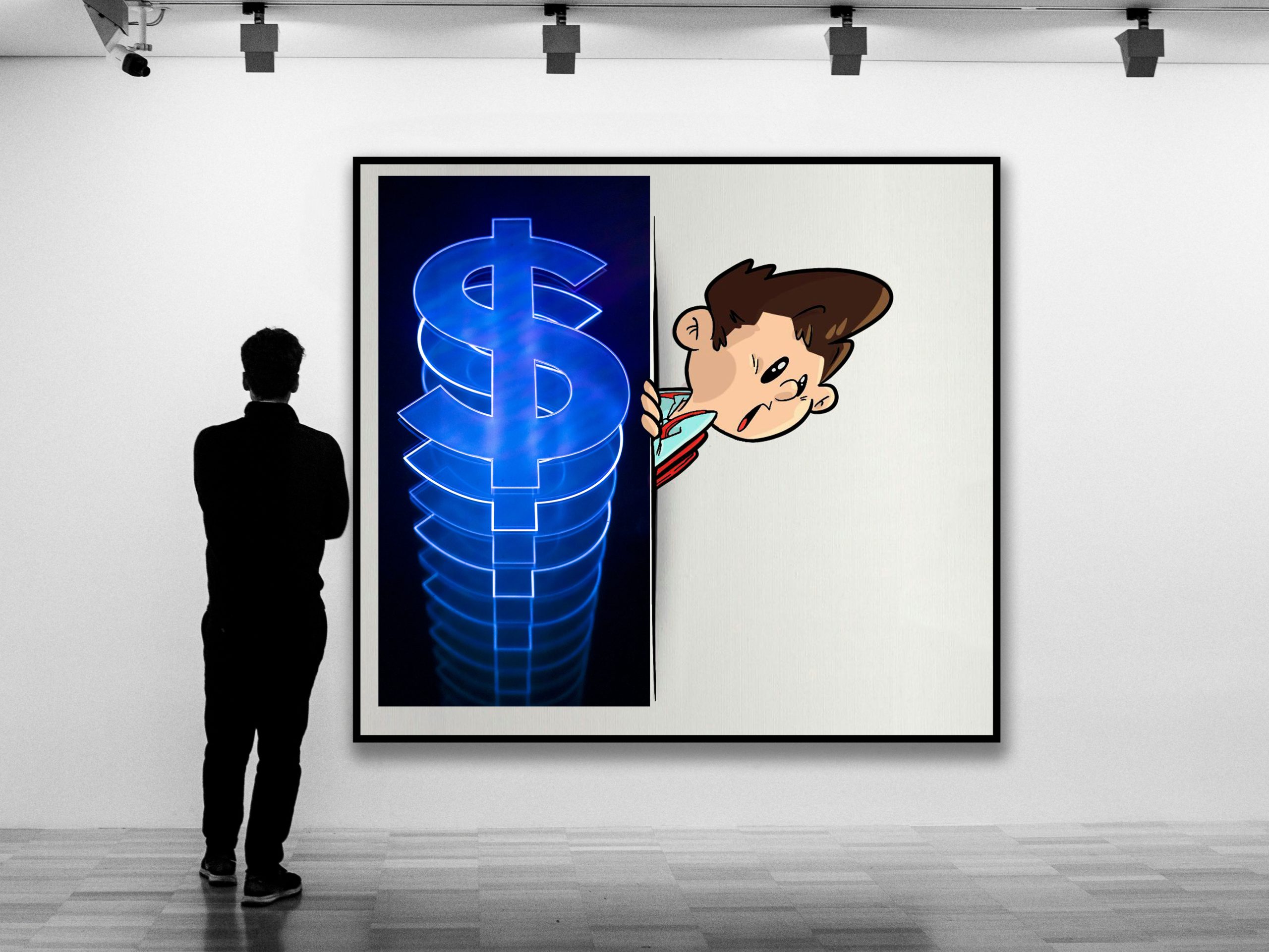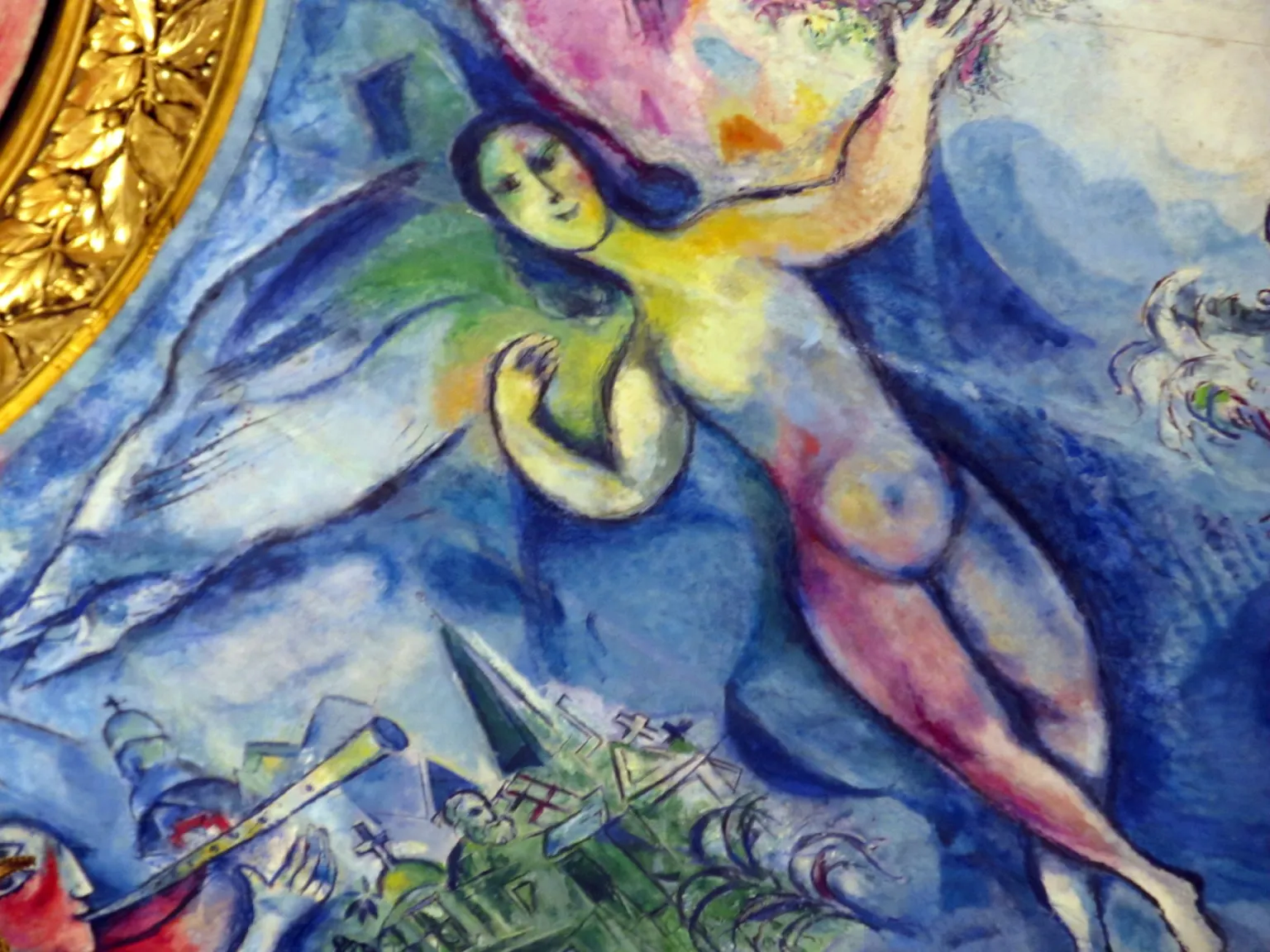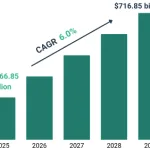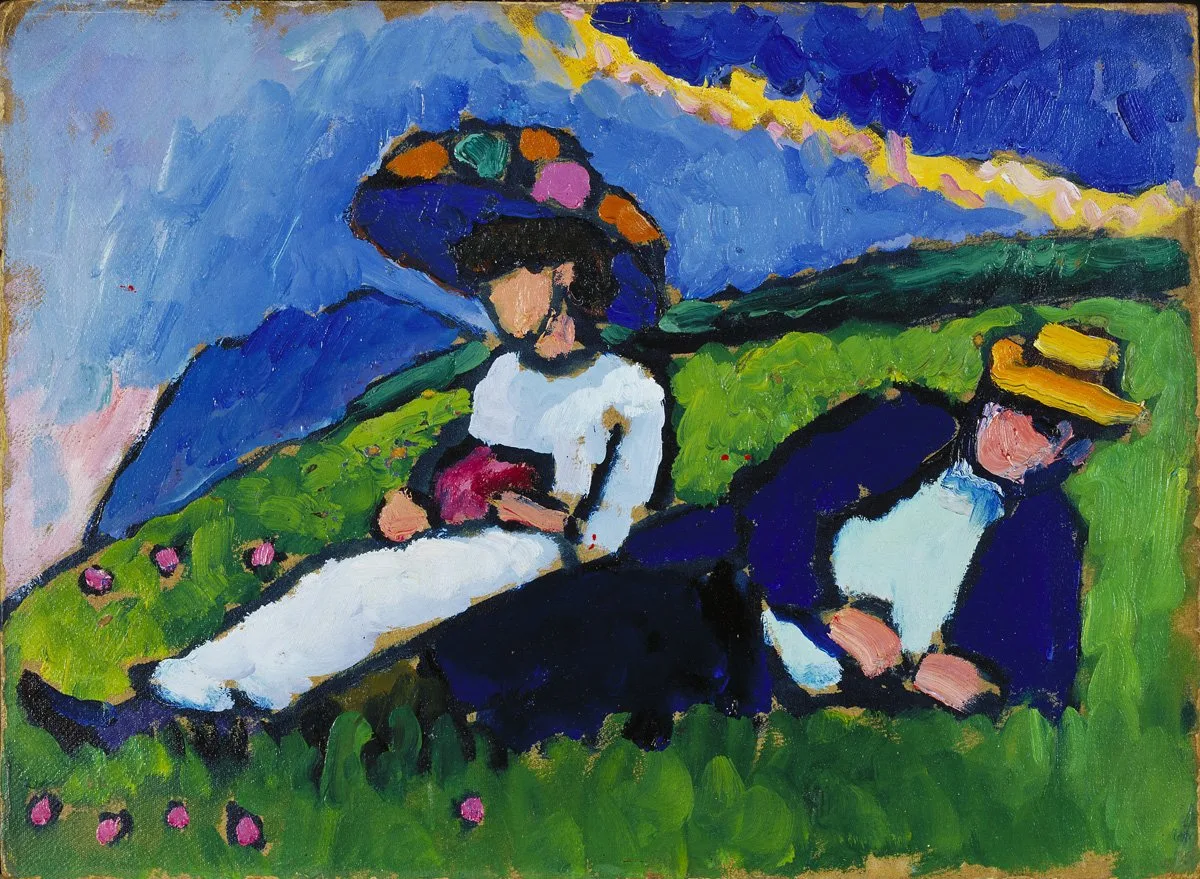
What Makes a Painting Valuable to Collectors?
Understanding Rarity, Provenance, and Artistic Significance
In the art world, value is rarely accidental. A painting’s worth emerges from a layered interplay of history, context, and perception — not just aesthetics. While taste is subjective, collectors who move with confidence typically understand five key drivers of value:
1. Artistic Significance
Value begins with impact. Did the artist shift a movement, challenge convention, or redefine form? Consider Kandinsky’s early abstractions or Malevich’s Suprematist compositions — these works didn’t just reflect art history, they shaped it.
2. Rarity and Scarcity
Scarcity enhances allure. Whether it’s a unique work or part of a limited series, the fewer there are, the more intense the demand. Especially when an artist’s career is complete — as with the 20th-century masters — each available piece carries finite weight.
3. Provenance and Documentation
A clear, verifiable history of ownership (provenance) builds trust. Authenticity certificates, exhibition records, and catalog raisonnés all contribute to a painting’s credibility — and, by extension, its market value. Gaps or ambiguities can cast long shadows.
4. Condition and Medium
Even masterworks lose market power if damaged or poorly restored. Collectors scrutinize the canvas: Is it oil or mixed media? Original or retouched? Museums may accept condition flaws; private buyers tend not to.
5. Market Demand and Timing
Finally, value is often a mirror of timing. What the market seeks now — be it avant-garde pioneers or contemporary voices — can dramatically influence pricing. Legacy matters, but so does momentum.
At AmbarAzulArt, we specialize in works that embody these qualities. From the radical visions of the Russian avant-garde to today’s compelling contemporary artists, each piece in our gallery has been chosen not just for what it is, but for what it represents.










